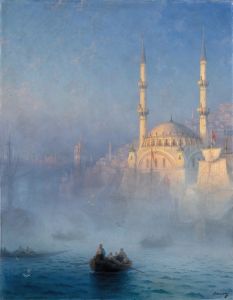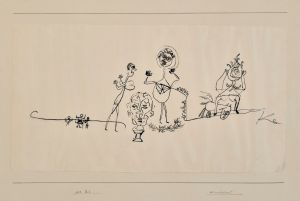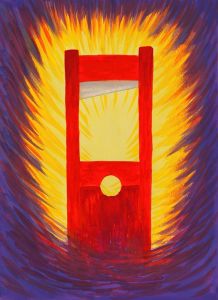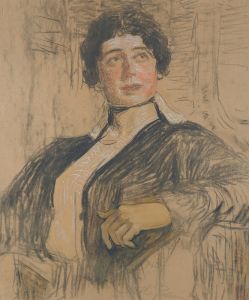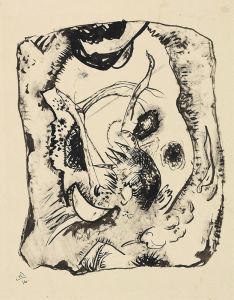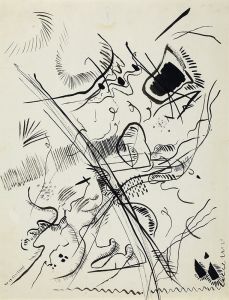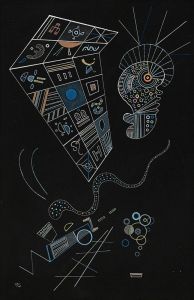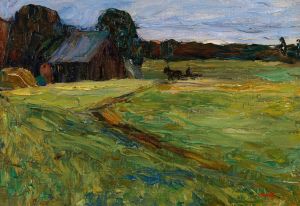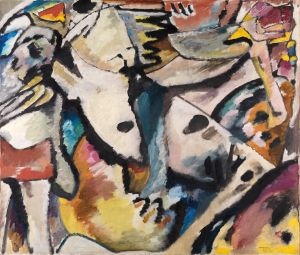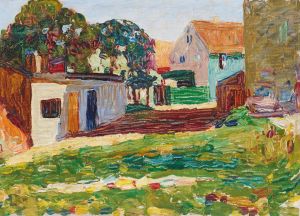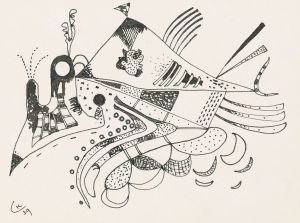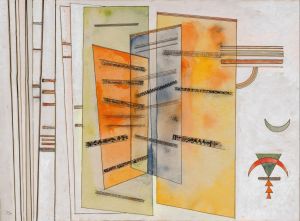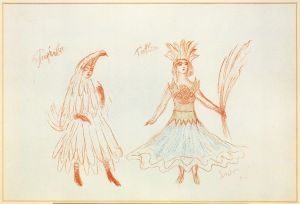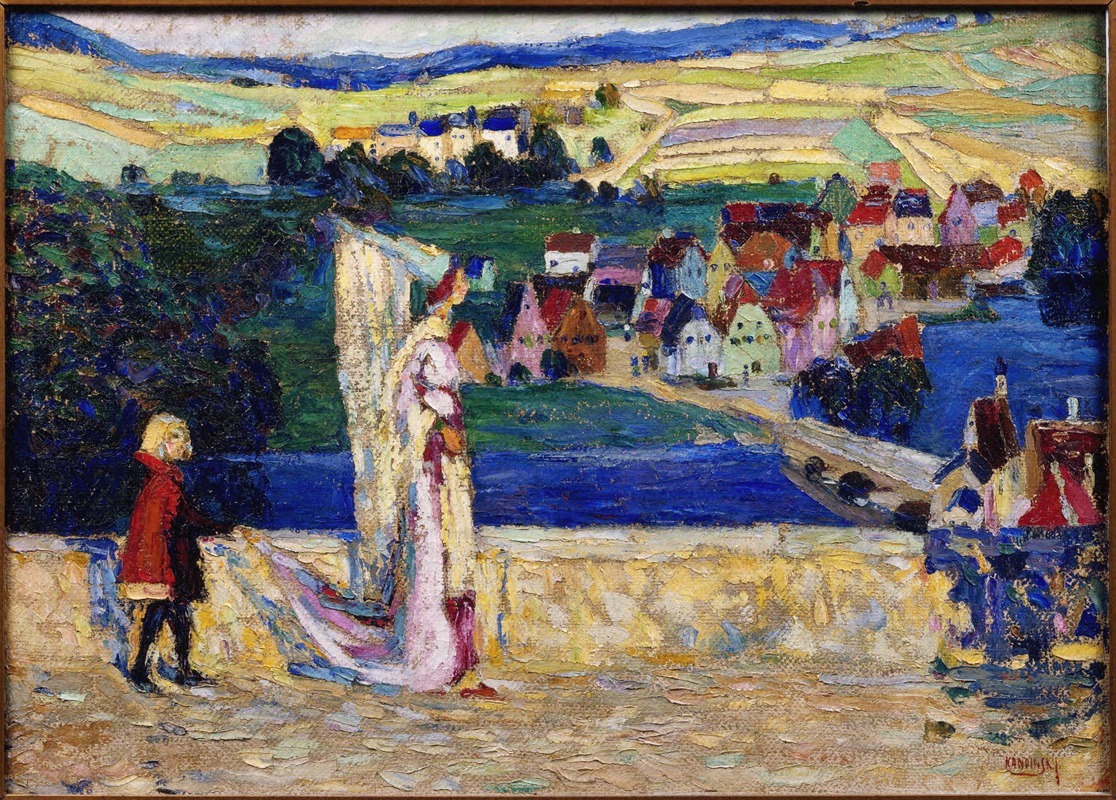
Promenade
A hand-painted replica of Wassily Kandinsky’s masterpiece Promenade, meticulously crafted by professional artists to capture the true essence of the original. Each piece is created with museum-quality canvas and rare mineral pigments, carefully painted by experienced artists with delicate brushstrokes and rich, layered colors to perfectly recreate the texture of the original artwork. Unlike machine-printed reproductions, this hand-painted version brings the painting to life, infused with the artist’s emotions and skill in every stroke. Whether for personal collection or home decoration, it instantly elevates the artistic atmosphere of any space.
Wassily Kandinsky, a pioneering figure in abstract art, created the painting "Promenade" in 1909. This artwork is a notable example of Kandinsky's transition from representational art to abstraction, a journey that would eventually lead him to become one of the foremost figures in the development of modern art. "Promenade" is often recognized for its vibrant use of color and dynamic composition, which are characteristic of Kandinsky's early explorations into the emotional and spiritual effects of color and form.
In "Promenade," Kandinsky employs a vivid palette that includes bold reds, blues, and yellows, which are used to create a sense of movement and rhythm across the canvas. The painting depicts a scene that suggests a landscape or a park, with figures that appear to be strolling, hence the title "Promenade." However, the forms are not rendered in a realistic manner; instead, they are stylized and abstracted, hinting at Kandinsky's growing interest in moving away from direct representation.
This period in Kandinsky's career was marked by his involvement with the Munich-based group known as the Neue Künstlervereinigung München (New Artists' Association of Munich), which he co-founded in 1909. The group was instrumental in fostering avant-garde art in Germany, and Kandinsky's work during this time reflects the innovative spirit of the association. "Promenade" exemplifies the synthesis of influences that Kandinsky absorbed from various sources, including the Fauvist use of color, the Symbolist movement's emphasis on emotion, and the Post-Impressionist focus on form and structure.
Kandinsky's theoretical writings, particularly his book "Concerning the Spiritual in Art" published in 1911, provide insight into his artistic philosophy during the time he painted "Promenade." He believed that art should transcend mere visual representation and instead evoke a deeper, spiritual response in the viewer. This belief is evident in "Promenade," where the interplay of color and form is designed to resonate on an emotional level, rather than simply depict a scene.
The painting is also significant in the context of Kandinsky's personal life and artistic development. In 1909, Kandinsky was living in Murnau, a picturesque town in Bavaria, with fellow artist Gabriele Münter. The landscapes and atmosphere of Murnau had a profound impact on Kandinsky's work, inspiring a series of paintings that explored the boundaries between abstraction and representation. "Promenade" can be seen as part of this series, capturing the essence of a place while simultaneously pushing the limits of traditional artistic conventions.
Today, "Promenade" is held in high regard as an important work in Kandinsky's oeuvre, illustrating his early steps toward abstraction and his innovative use of color and form. The painting is housed in the Städtische Galerie im Lenbachhaus in Munich, which holds one of the most comprehensive collections of Kandinsky's work. As a piece of art history, "Promenade" offers valuable insight into the early 20th-century art movements and the evolution of one of the most influential artists of the modern era.





